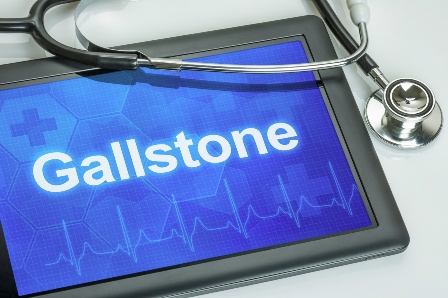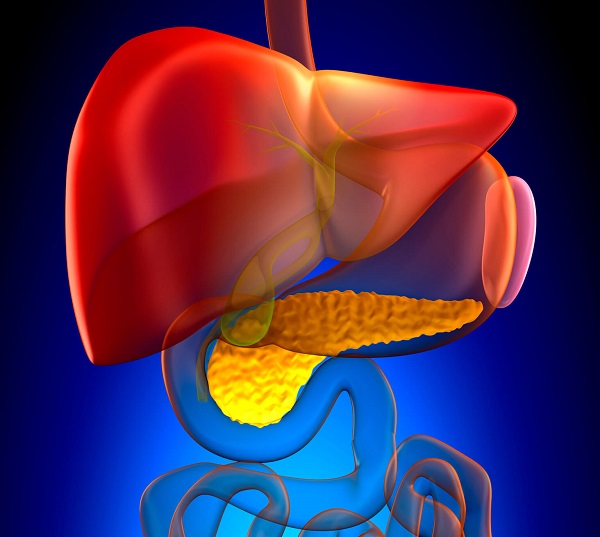Signs of Appendicitis vs. Gallbladder Issues
Gallbladder attack and appendicitis both cause pain in the abdominal region,
and they may often exhibit other symptoms besides. However, beyond that, the two are very different and require their own distinct treatments.
So how do you tell the difference between appendicitis pain and gallbladder issues? There are a few things you should know.
What’s the Difference Between the Gallbladder and Appendix?
The gallbladder and appendix are two separate organs that perform different functions in the body.
About the Gallbladder
The gallbladder is a small pouch located below the liver that stores bile used for digestion. It connects to the liver and the small intestine via the bile duct. As your liver produces bile, it’s stored inside your gallbladder, which then releases it into your intestine as you eat.
About the Appendix
The appendix is a small, fingerlike organ connected to the large intestine. It is located in the lower right region of the abdominal area. The research is still unsure what the appendix actually does, but one theory is that it stores beneficial bacteria to help stabilize your gut.
Gallbladder Attacks
Occasionally, the gallbladder may become inflamed or gallstones may form. In the case of the latter, gallstones can get stuck in the bile duct, blocking it and causing discomfort. Most of the time, treatment of gallstones involves surgical removal of the gallbladder.
Symptoms of Gallbladder Issues
In the U.S., 6% of men and 9% of women develop gallstones. Most of the time, they don’t show symptoms, but when symptoms do occur, they include:
- Pain (sharp or dull) in the chest or between the shoulder blades, particularly to the right
- Nausea
- Vomiting
- Bloating/gassiness
- Difficulty walking or sitting up
- Diarrhea and explosive bowel movements
- Jaundice, in which the skin and eyes turn yellow
A gallbladder attack may cause sudden pain and last several hours, and it generally requires a doctor’s attention to resolve, especially where stones are involved.
What Triggers Gallbladder Attacks?
Gallbladder attacks, a common symptom of gallbladder disease, result from the formation of gallstones, which may block the bile duct. This blockage can cause bile to back up, especially during heavy meals.
Gallstones tend to form when there’s too much cholesterol or bilirubin in your system. Research suggests that high cholesterol levels may destabilize the gallbladder and that the formation of gallstones may help re-stabilize the system.
How Are Gallbladder Issues Diagnosed?
Gallstones and gallbladder inflammation are typically diagnosed with the use of ultrasound, though other methods such as endoscopic ultrasonography, CT scans, and laparoscopic bile duct exploration may also be used.
How Are Gallbladder Issues Treated?
The standard procedure for treating gallstones and other gallbladder problems is a laparoscopic cholecystectomy, which involves removing the gall bladder and connecting the bile duct directly to the liver. Small incisions and a camera—called a laparoscope—are used to perform the surgery without the large cuts used in open surgery.
Appendicitis
Since the appendix is located in the lower abdominal region, appendicitis will involve severe abdominal pain in that area. This pain may begin by the navel and radiate out toward the lower right of your belly.
Symptoms of Appendicitis
Additional symptoms of appendicitis include:
- More frequent urge to urinate
- Loss of appetite
- Mucus in stools
- Mild fever
- Chills
- Nausea
- Vomiting
Appendicitis is a serious condition. If left untreated, the appendix can rupture and spread bacteria throughout your abdomen and colon, leading to other health issues.
What Causes Appendicitis?
It’s not always clear what causes acute appendicitis itself, but some possibilities include digestive tract infection (which may cause inflammation in the appendix) and blockages that may cause swelling.
How Is Appendicitis Diagnosed?
Appendicitis may be diagnosed with the use of a CT scan, MRI, or abdominal X-ray.
How Is Appendicitis Treated?
The most common treatment for appendicitis is an appendectomy, in which the inflamed appendix is taken out, with a surgical removal.
Knowing the Difference
Like appendicitis, the most common symptom of gallbladder attack is abdominal pain. However, for gallbladder attack, the pain is located in the upper right area and toward the back, whereas appendicitis will cause severe pain in mostly the lower right regions.
In either case, you should see a doctor immediately if you are experiencing these symptoms. If you’re in Dallas or Plano, Dr. Malladi can help you in determining if the issue is with your gallbladder or appendix, so contact Malladi Bariatrics & Advance Surgery to get the immediate treatment and relief you need.







